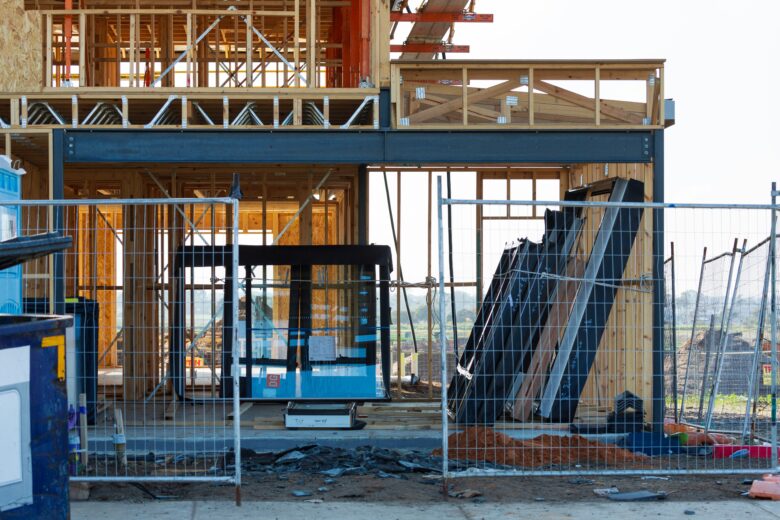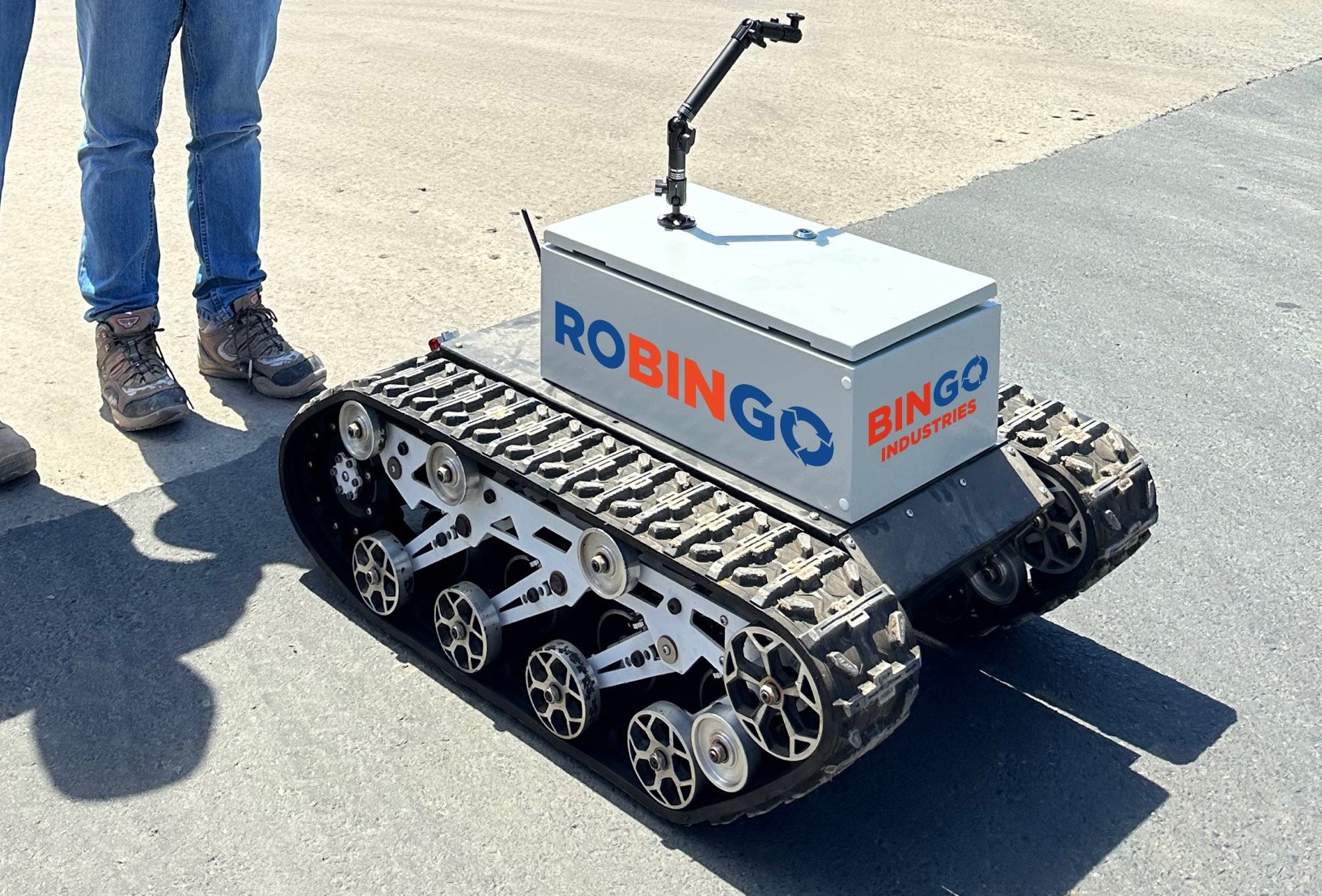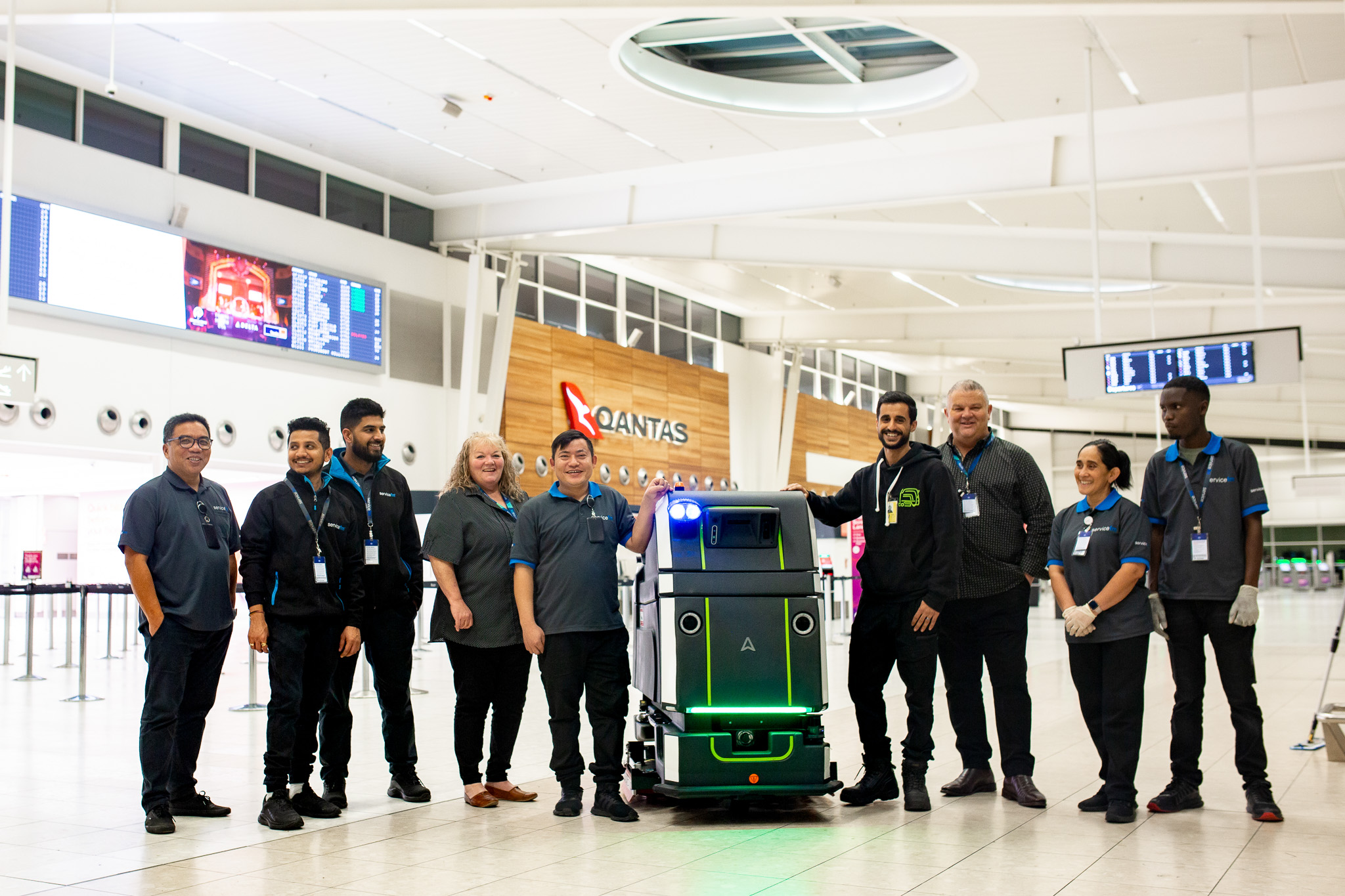
It is hoped the new research, published in the Journal of Environmental Management, could revolutionise the way construction waste is processed and recycled – and potentially other industry waste streams into the future.
The construction waste process currently relies on workers to manually sort through dangerous and potentially hazardous material.
The study was led by Monash PhD candidate Diani Sirimewan from the Automation and Sustainability in Construction and Intelligent Infrastructure (ASCII) Lab in Civil Engineering. It paves the way for the use of advanced robotics and automation for construction waste processing.
The computer-based system can identify and categorise recyclable materials more accurately and efficiently than humans. It is even capable of detecting contaminants, which can pose risks to the community and the environment – as seen in the investigation into asbestos-contaminated garden mulch found recently in Sydney parklands.
While materials such as timber and glass are potentially recyclable, sorting debris from demolition and construction sites is complex and challenging. Though significant advances have been made in waste sorting technology, they have been limited to dealing with domestic waste and cannot distinguish between multiple cluttered waste items.
Ms Sirimewan and her colleagues are trialling the technology using robotic simulation arms and hope it will spur investment in robotics research and development (R&D) and automation to improve the efficiency of construction waste processing and recycling in Australia.
“The technology could significantly reduce the volume of waste sent to landfills through better-quality recycling – benefiting the environment and reducing the need for workers to be exposed to dangerous and toxic materials,” Ms Sirimewan said.
For more information, visit Monash University’s ASCII Lab page.
Photo by Troy Mortier on Unsplash.
Comment below to have your say on this story.
If you have a news story or tip-off, get in touch at editor@incleanmag.com.au
Sign up to INCLEAN’s newsletter.





